Video games and Artificial Intelligence to take the treatment of visual dysfunction into the 21st century
This post is also available in: Español (Spanish)
El Periodico has published an interview with our founders, Eva García Ramos and Juan Carlos Ondategui-Parra, where they talked about all the benefits that WIVI Vision provides to the treatment of visual dysfunctions.
WIVI relies on the latest technology to offer a different, personalized and non-invasive service to assess more quickly and reduce the treatment duration. A unique experience for the user, who only has to overcome visual challenges by playing video games, and an assistant for the optometrist, who has access to all the evaluation data and improvements of the corrective exercises.
A new way to improve the assessment and treatment of visual dysfunctions
As Eva García Ramos says in the interview, “we have created a technological solution that we could compare to a ‘Netflix of the optometrist‘, because it has a catalogue of different video games that are the material used to assess and treat the patient. It’s two applications integrated into one”.
These dysfunctions that our technology evaluates and treats are those that affect, for example, the binocular part or ‘how you focus near-far’, motility or how the eyes move or, for example, lazy eye or amblyopia. As Eva says: “Instead of the patch, we can correct it through personalized training that the software designs and readjusts automatically.”

In fact, WIVI Vision is able to treat approximately 75% to 80% of visual dysfunctions and 95% of users who complete their treatment have their vision problems ‘completely solved‘.
Our goal is that everyone has access to a treatment like this and that people can leave with a problem solved; improve people’s quality of life through vision and with the latest technology.
Thanks to María Refojos for the interview and to El periódico for giving us a space to share the message about the opportunity to take care of visual health with new technologies.
You can read the full interview here



